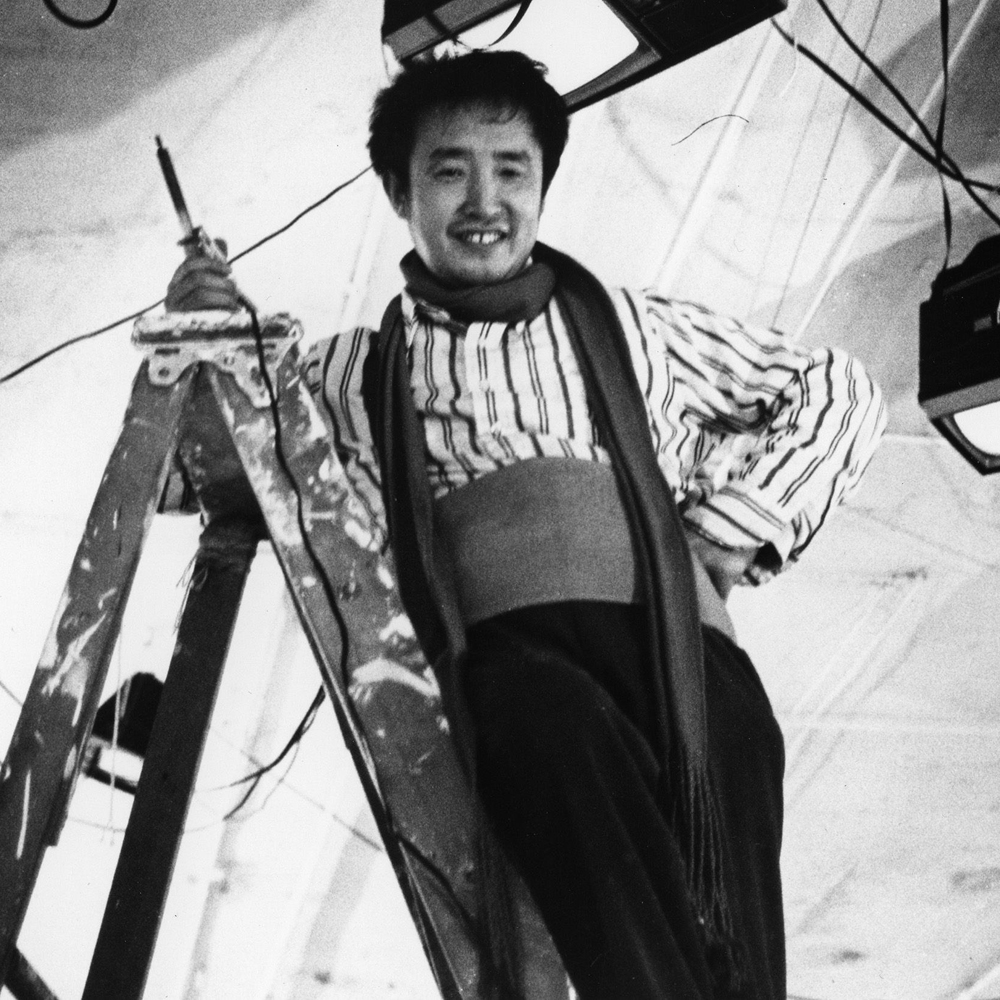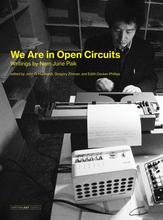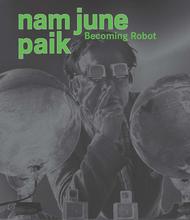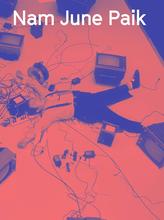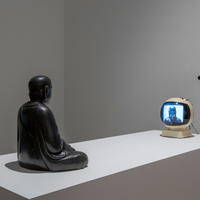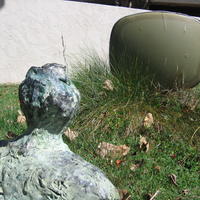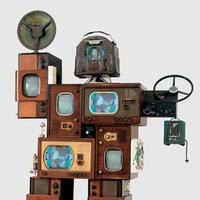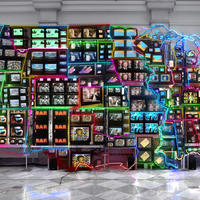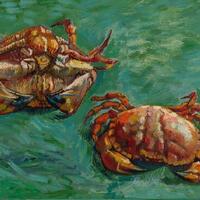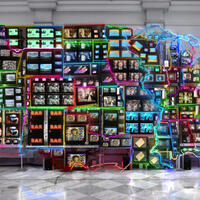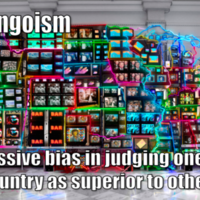More about Nam June Paik
- All
- Info
- Shop
Works by Nam June Paik

Sr. Editor
Considered to be the pioneer of video art, Nam June Paik had an unstable childhood. Forced to flee Korea with his family as a kid due to the Korean War, he moved to Hong Kong, Tokyo and eventually Germany before ending up as an artist in the United States. Maybe it was this early introduction to travel and a variety of cultures that spurned his interest in technology and communications. After all, he’s credited with inventing the term “electronic super highway.”
Paik was trained as a classical pianist, but in the 1960s he met all these crazy artists like John Cage and Joseph Boueys and started to get into weird sound installations with TVs. Or one time he started to play the piano during a performance only to jump off stage and attack his artist buddies with scissors and shampoo. Don’t ask me to interpret that one, please.
Once technology started to take off though, Paik became interested in recording devices and the ways in which media is disseminated. I think his success is largely due to the way he anticipated the effects of the internet and the huge changes it brought, saying once that, “Skin has become inadequate in interfacing with reality. Technology has become the body's new membrane of existence.” And look at us now, Snapchatting and Facetiming and doing anything to avoid talking to a human on the phone. Seems like Paik got it right.
Featured Content
Here is what Wikipedia says about Nam June Paik
Nam June Paik (Korean: 백남준; RR: Baek Nam-jun; July 20, 1932 – January 29, 2006) was a Korean artist. He worked with a variety of media and is considered to be the founder of video art. He is credited with the first use (1974) of the term "electronic super highway" to describe the future of telecommunications.
Born in Seoul to a wealthy business family, Paik trained as a classical musician, spending time in Japan and West Germany, where he joined the Fluxus collective and developed a friendship with experimental composer John Cage. He moved to New York City in 1964 and began working with cellist Charlotte Moorman to create performance art. Soon after, he began to incorporate televisions and video tape recorders into his work, acquiring growing fame. A stroke in 1996 left him partially paralyzed for the last decade of his life.
Check out the full Wikipedia article about Nam June Paik

